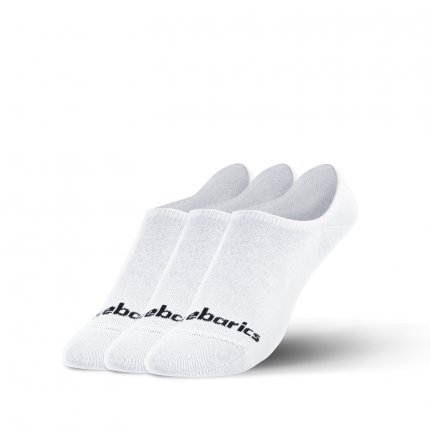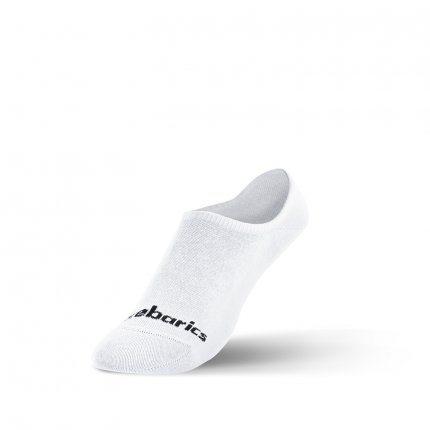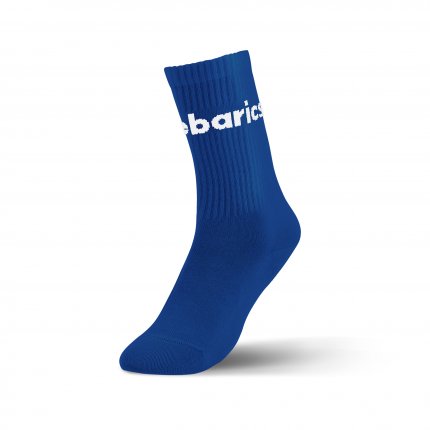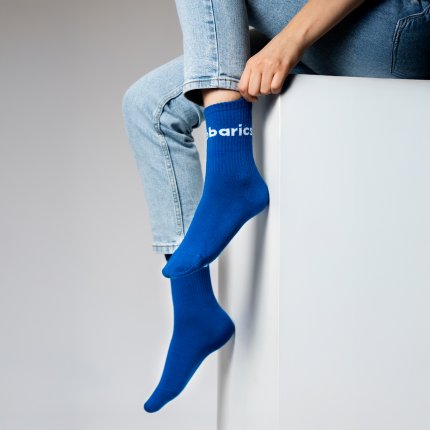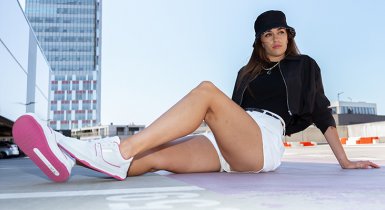Barefoot and Socks: Long or Short? The Gen Z Dilemma
Laundry day feels endless, and pairing socks takes forever. But socks are a story of their own when it comes to footwear. Should you go long or short? Find out what Gen Z says, which style pairs best with barefoot shoes, and why material makes all the difference in how your feet feel all day long.
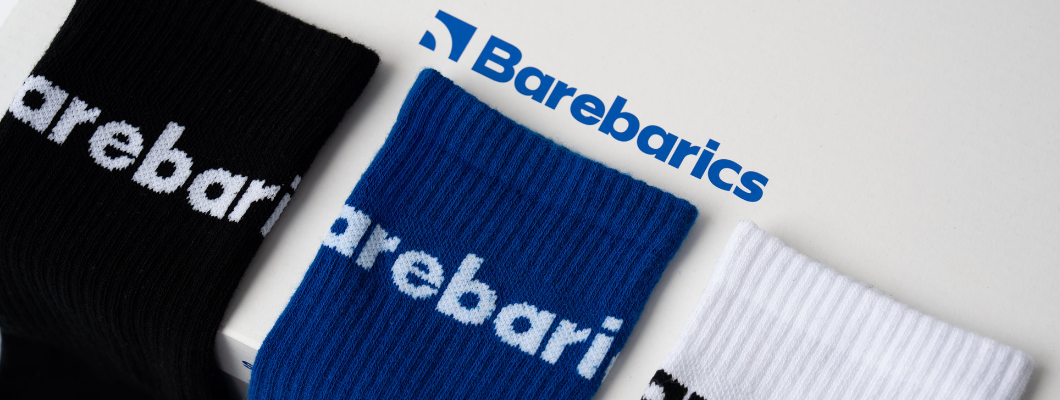
Table of contents
Why choose long socks?
Long socks give you more coverage and are especially practical in colder weather. They keep your feet warm, prevent chafing, and if you wear barefoot sneakers with a higher cut, they fit like a glove.
Tips for when to wear them:
- On cold mornings or in winter
- For hiking or longer walks
- With barefoot shoes that have a higher upper
- If you’re prone to blisters around the Achilles
Long socks as the new Gen Z trend
For Gen Z, the answer is clear: short socks are out. The higher, the better. Long white socks have become the new style statement. They’re worn with shorts, sneakers, and even skirts. It’s not just fashion, it’s an identity, a little rebellion against the “invisible” socks millennials made popular. For Gen Z, it’s about style, but also practicality. The right material means comfort, more protection, and zero risk of your sock slipping down into your shoe.
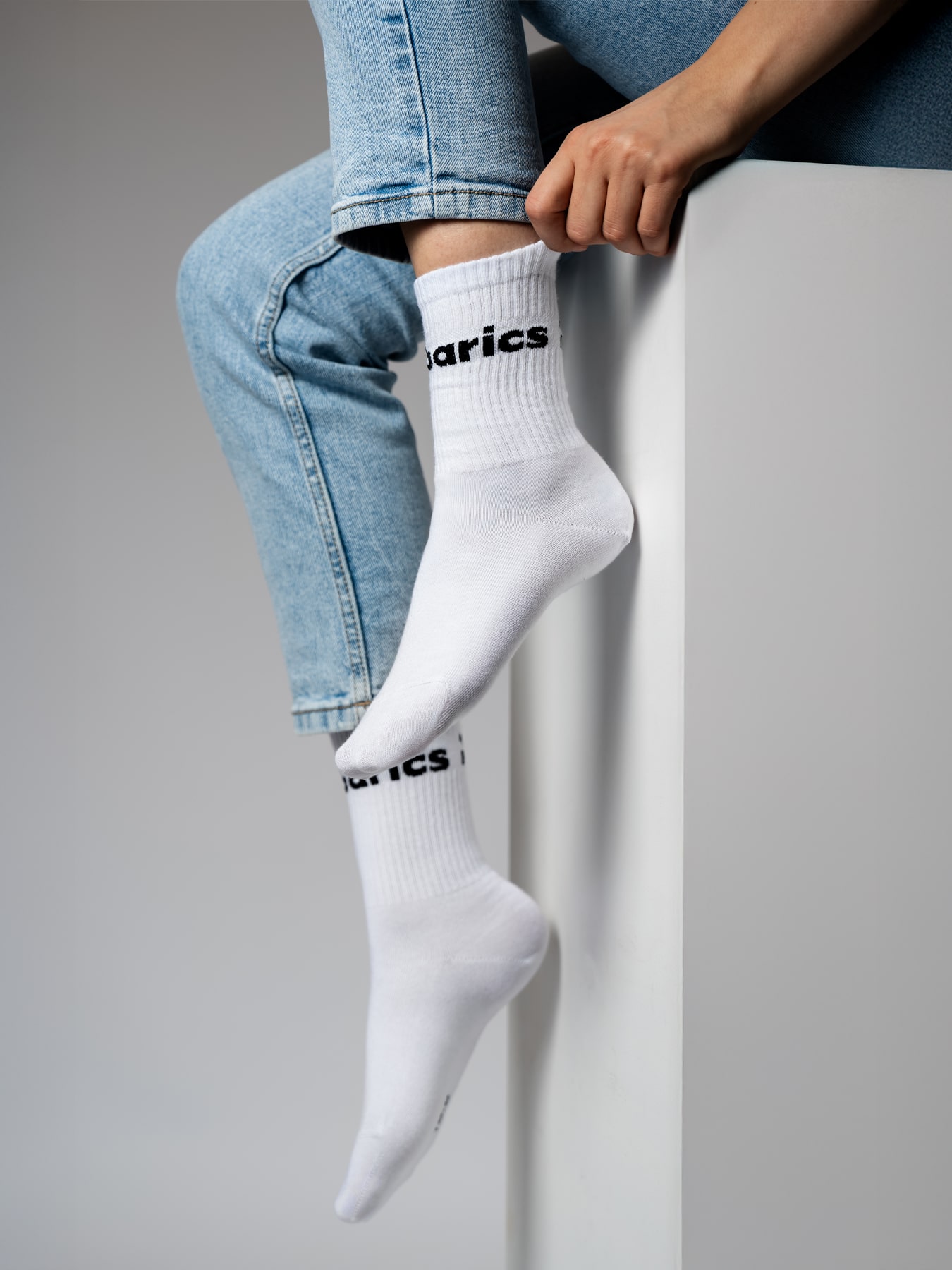
You can find long white socks in our collection. They’ll win you over with their stylish logo and high-performance materials.
When are short socks the better choice?
Short socks are perfect mainly in summer. They bring breathability, lightness and a touch of style, especially when you don’t want your socks showing above your shoes.
Best times to wear them:
- On hot days
- With barefoot sneakers that have a lower cut
- Whenever you simply prefer invisible socks
In our collection, you’ll find low-cut socks in neutral colors with a reinforced cuff around the ankle, ensuring they stay in place comfortably all day.
Does material matter?
Yes, more than you might think. Barefoot shoes perform best when your socks support them. Natural fibers like cotton, bamboo or merino wool help regulate temperature and manage moisture. Synthetic fabrics, on the other hand, can irritate your skin or even cause overheating.
Materials and their benefits
Material | Benefits |
Merino wool | Thermoregulation, natural antibacterial protection |
Bamboo | Breathability, softness, eco-friendly |
Cotton | Good moisture regulation, comfort |
Synthetic fibers | Durable, but less breathable |
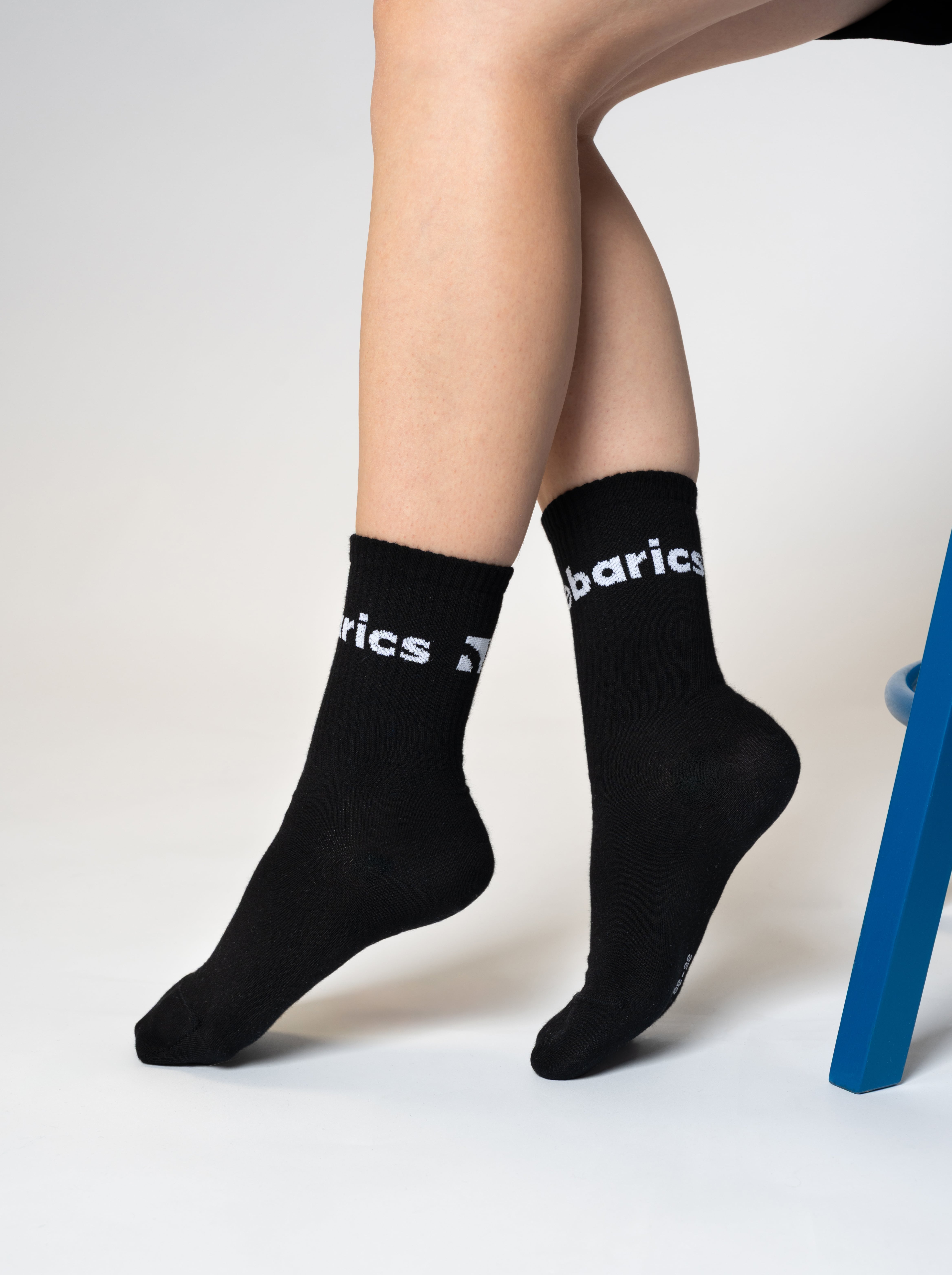
How to choose barefoot socks?
- Pick the sock length based on activity and weather
- Go for natural materials, especially if you have sensitive skin
- Check if they have flat seams and enough room for your toes
- Match them with your barefoot shoes, whether women’s or men’s
Sources
Kuo, Y. L. et al. (2024). The effect of biomechanical socks on foot arch support and dynamic performance. Life (MDPI).
Ma, R. et al. (2025). Impact of barefoot running and minimalist shoes on biomechanics. Research in Sports Medicine.
Archy Sport (2025). Barefoot socks: Trend or revolution? Health benefits and movement support.
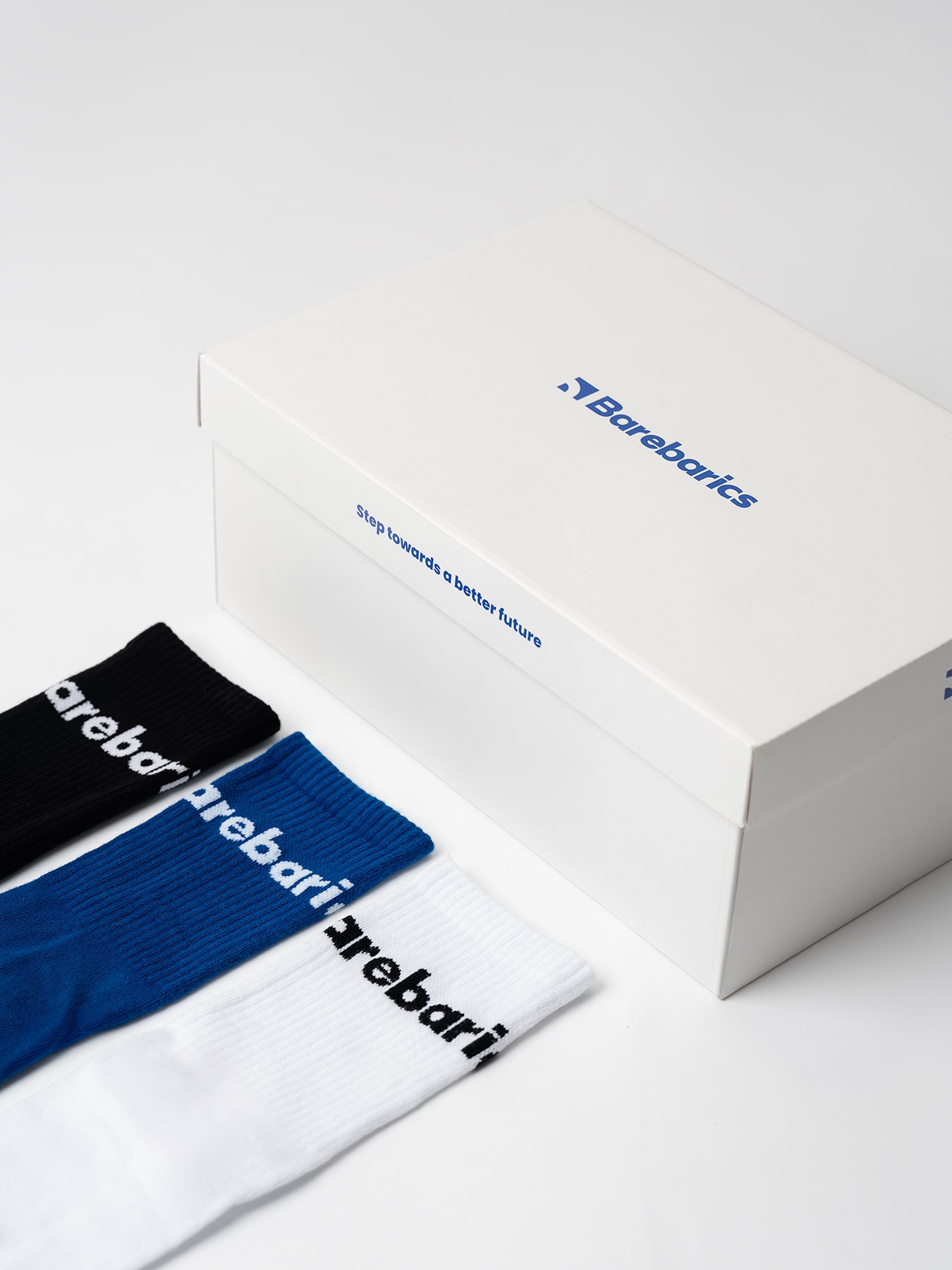
1. Why are some socks uncomfortable?
+ -Most often it’s due to thick seams, poor quality fabrics or the wrong size. Socks that are too tight can restrict circulation in your feet.
How often should I change my socks?
+ -Daily. Even high-quality fabrics stop working when they soak up sweat. You change them for hygiene and comfort.
Is there a difference between sports socks and regular socks?
+ -Yes. Sports socks are usually reinforced in certain areas, more breathable and better at wicking away moisture.
How do I recognize good quality socks?
+ -Look at the fabric, flat seams, elastic cuffs and a proper fit that stays in place throughout the day.



